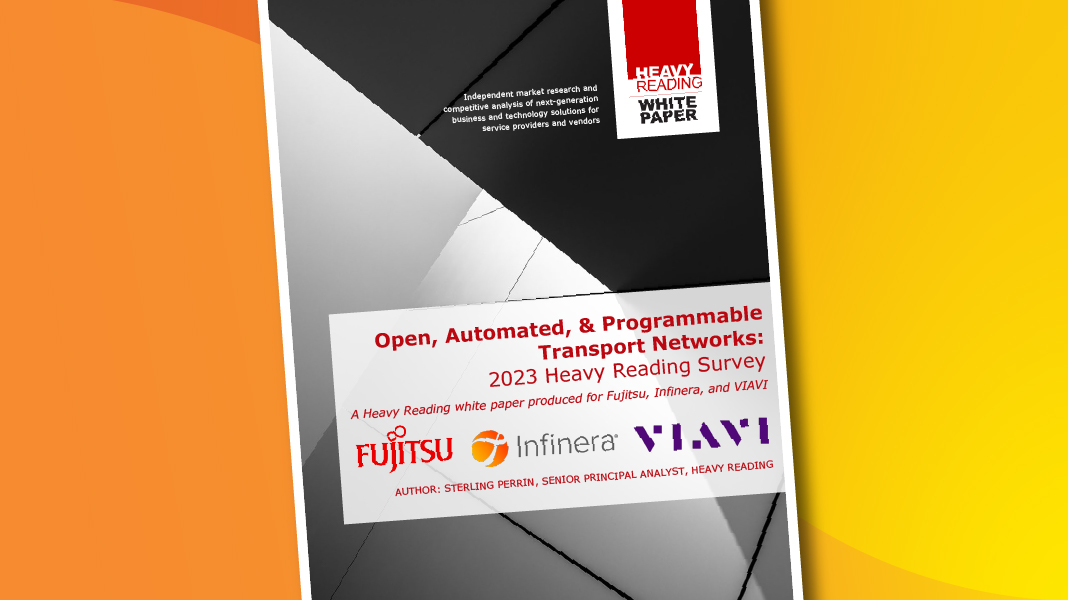Open to New Possibilities
Optical network solutions

Explore Fujitsu Optical Network Solutions
Opportunities for automation in optical transport networks

Open, Automated, & Programmable Transport Networks: 2023 Heavy Reading Survey
This white paper is based on the global survey results and provides the industry’s most in-depth look at the current state and future trajectory of network automation for the transport layers.
Read Now







